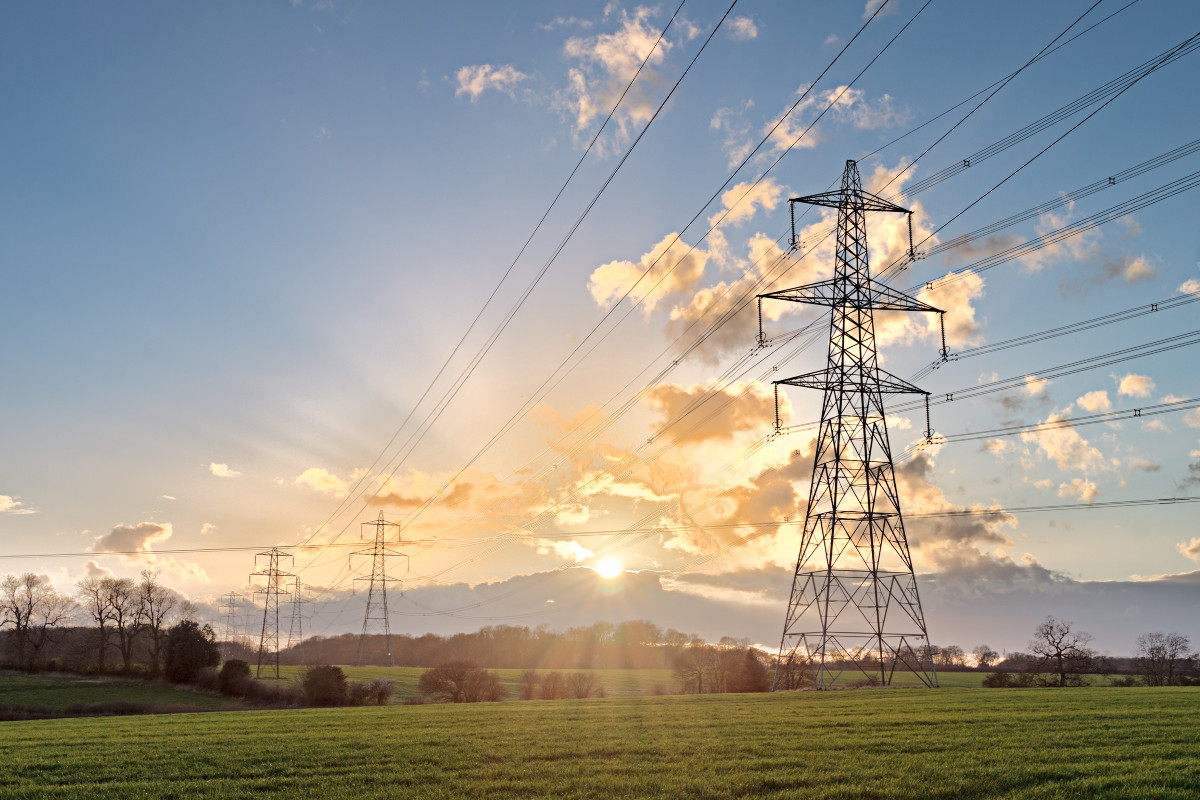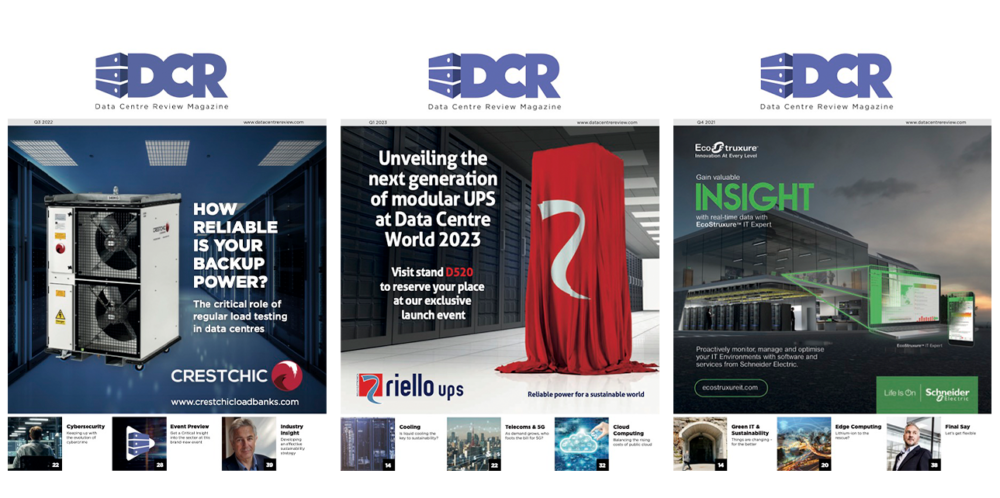Ben Pritchard, CEO of AVK, lays out how microgrids, future-proofed fuels and closer utility-community ties can let data centres feed the grid – rather than bleed it – as AI’s energy appetite soars.
The swift rise of AI has placed data centres under more scrutiny than ever, particularly around their power use and environmental impact. AI-driven applications – from large language models to real-time analytics – demand significant computational resources. These, in turn, require highly resilient and scalable power systems to ensure reliable, round-the-clock operation. As the power solutions provider for many leading data centres, the industry must optimise how it generates, manages, and distributes power to align with climate goals.
When people say ‘data is the new oil’, it understandably raises alarm bells. The oil industry’s legacy of environmental concerns is well documented, and there is a legitimate worry that the explosive growth of the digital economy might chart a similar course. Power is undoubtedly the number one challenge: just as data usage is set to surge further with AI, we see grid capacity constraints becoming more pronounced. Yet, with the scale of resources and cutting-edge technology available to our industry, data centres have the potential to be key catalysts for sustainable innovation rather than culprits of environmental harm.
Minding the gaps
Data centres form the backbone of modern society, underpinning everything from finance to critical healthcare. Their role is becoming even more critical as AI applications emerge across every sector, from advanced medical diagnostics to autonomous mobility.
However, this digital surge clashes with an ongoing and not always fast-moving energy transition. Power grids across the globe must decarbonise to meet climate objectives. Still, the growing demand for electricity (around a 4% increase worldwide each year) makes it challenging for utilities to overhaul existing infrastructure in time. As AI gains traction, data centres will only require more compute power, further amplifying pressure on grids already grappling with renewable integration, aging transmission lines, and peak-load constraints.
Even mature digital hubs are feeling the crunch. Amsterdam, Frankfurt, Northern Virginia, Singapore, and Dublin have all encountered grid capacity or supply issues, with 20% of power consumption in Ireland now attributed to data centres. In certain parts of the US, data centres account for over 10% of power usage. Although data centres globally still represent a modest percentage of total power usage (about 1-1.5%), these clusters in urban areas make for attention-grabbing headlines that can provoke public resistance to further expansion.
Additionally, the industry faces a gap between current and future fuels. Much has been achieved in adopting renewables and in spurring investment in wind and solar projects. But renewable energy’s inherent variability poses challenges for uninterrupted power supply, especially in the context of AI workloads that demand consistent, high-density power. New technologies, such as hydrogen and advanced biofuels, show promise but are not yet widely available at the scale required by hyperscale and AI-focused data centres.
Bridging present and future
The choice facing data centre operators is not between a heroic leap to net zero or retreating into outdated practices. It is about steady, determined progress – improving existing solutions while developing more sustainable systems. In the realm of AI, with its heightened energy needs, the industry’s willingness to adopt ‘bridge’ measures will define whether we are perceived as forward-looking problem-solvers or as complacent contributors to climate challenges.
Here are three practical steps data centre power stakeholders can take today:
1. Give back to the grid
AI workloads often peak at unpredictable intervals, creating intense but short-lived power demands. Flexible assets, such as onsite generators, battery storage, and other microgrid elements, can help data centres smooth out these demands internally. Equally important, that same capacity can feed power back to the grid when demand is high elsewhere.
In the UK, for instance, shutting down the last coal-fired plant was partly made feasible by flexible gas-fired peak shaving. A small number of agile, gas-based assets can balance renewables when the wind doesn’t blow or the sun doesn’t shine. While data centres typically rely on standby generators, they could also adopt microgrids powered by gas engines or HVO (Hydrotreated Vegetable Oil). With the right controls, these microgrids can provide continuous power and even dispatch surplus energy back to local grids.
As AI facilities scale to hundreds of megawatts – and potentially beyond a gigawatt in the future – these setups will play a pivotal role in helping data centres shoulder the responsibility of wider grid stability rather than simply pulling power from a strained system.
2. Make future-focused choices
Research and development into new fuels and technologies is essential but takes time. Meanwhile, data centres must keep pace with AI’s demand today. One way to reconcile these two pressures is by deploying technology that can adapt to low-carbon fuels as they emerge. Engines, generators, and related control systems can already be designed or retrofitted to work with hydrogen, biogas, and next-generation biofuels such as SAF (Sustainable Aviation Fuel).
Lessons from other industries are instructive. Aviation and shipping, like data centres, cannot afford downtime or disruptions, and they are exploring myriad low-carbon fuels. While none of these is a panacea, each incremental step helps bridge the gap. It is equally essential for data centre providers to invest in in-house capabilities and collaboration with regulators. For instance, designing our control systems or emissions filters ensures that power interfaces at data centres are future-proofed and can pivot swiftly when viable alternative fuels emerge.
3. Collaborate & integrate
The earlier power solutions providers, local communities, and utilities are involved in planning a new data centre (or a retrofit), the more cohesive and beneficial the outcome. As AI demands evolve, forecasting power requirements becomes more complex, making it essential to align with all stakeholders at the start.
Engaging local authorities helps identify opportunities to reuse waste heat, support community facilities, and foster public acceptance. Collaboration might also reveal ways to harness local renewable assets or shape a flexible grid arrangement that minimises carbon footprint while effectively serving AI workloads. By expanding pre-build consultation, data centres are more likely to gain public support and avoid the reputational setbacks from perceived secrecy or inattention to local concerns.
Charting the right path
There is no single, perfect solution to the industry’s environmental challenges, especially as AI accelerates the pace of data centre expansion. Yet it would be a missed opportunity if data centres, with all their potential, failed to secure public trust. Sustainable design choices, from flexible microgrids to future-compatible generator installations, will help ensure data centres remain the driving force of digital and AI-enabled progress, not a scapegoat for climate shortfalls.
Crucially, these steps also safeguard profitability and reliability. As AI integrates into everything from manufacturing, life science and healthcare, the economy and society will increasingly rely on data centres. To keep pace responsibly, we must treat sustainability as a continuous journey rather than a distant destination. By making thoughtful decisions today and with continuous iterative improvements, we can align the AI revolution with sustainable power solutions.



